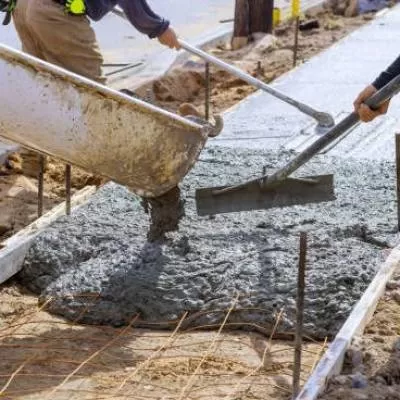

Cement companies in India might be forced to reverse the price hikes implemented in September due to weakened demand and pressure from competitive market conditions, according to a report by Nuvama Institutional Equities. The recent price increase, which was expected to improve margins, may not hold as demand falls short of expectations.
Key Points: Price Hike in September: Cement firms across India increased prices in September, aiming to improve their margins amidst rising input costs. This was seen as a strategic move to stabilize earnings as they were grappling with inflationary pressures on raw materials like coal and pet coke.
Weak Demand and Pressure: However, demand has not surged as expected. In some regions, particularly rural areas, construction activity remains low, which has contributed to the tepid demand for cement. The combination of high prices and low demand may make it difficult for companies to maintain the elevated price levels.
Competitive Market Forces: Cement manufacturers are also under pressure from competitors. Smaller players may keep prices lower to attract buyers, forcing larger companies to consider rolling back the September hikes. The competitive dynamics in regions like South India, where smaller firms are prevalent, are likely to impact larger companies’ pricing strategies.
Nuvama Report Insights: Nuvama Institutional Equities has highlighted that the September price hikes may not be sustainable given current market conditions. According to the report, the demand-supply imbalance and weak construction activities across many states could push cement companies to reconsider their pricing strategies.
Impact on Margins: If companies are compelled to roll back the price hikes, it could hurt their profit margins in the near term. Cement firms had hoped to recover some of their input costs through the price increases, but the competitive landscape and slow demand recovery could negate these gains.
Regional Variations: Price rollback might not be uniform across the country. In regions where infrastructure development is picking up pace, cement prices may hold. Urban areas with ongoing real estate projects and government infrastructure initiatives could see a sustained demand, making price hikes more viable.
Future Outlook: The outlook for the cement sector will largely depend on the pace of recovery in construction activity, particularly in the housing and infrastructure sectors. Any significant recovery in rural demand, which is currently subdued, could also influence whether the price hikes will remain or be rolled back.
Strategic Adjustments: Cement firms may need to adopt a cautious approach in the near term, balancing between maintaining market share and protecting margins. Price adjustments in response to market conditions could become more frequent as companies try to adapt to the fluctuating demand.
Conclusion: The September price hikes by cement companies may face reversal due to weak demand, competitive pressures, and market dynamics. Nuvama’s report signals that while the increase was aimed at margin recovery, it may not be sustainable, particularly in regions with low demand. The future of cement pricing will depend on construction sector recovery and regional market conditions.